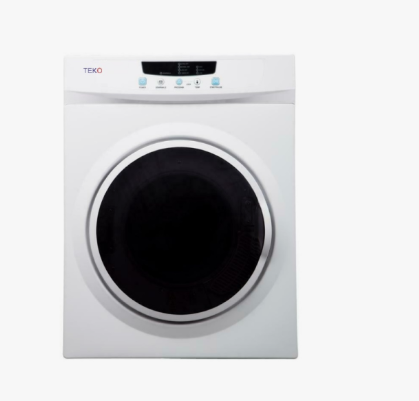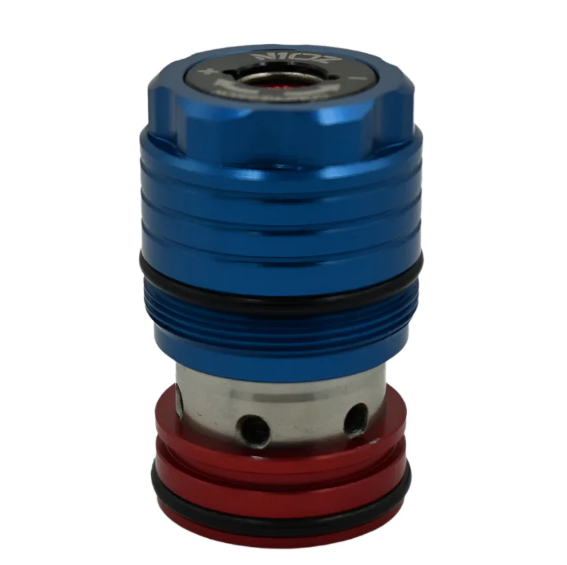Managing and safeguarding information is a critical challenge for organizations of all sizes. Companies generate enormous volumes of data daily, ranging from financial statements to employee records and client agreements. Without proper systems in place, this information can become disorganized, hard to retrieve, or vulnerable to security breaches. Professional records management compliance solutions ensure that organizations maintain accurate, accessible, and secure records while meeting regulatory requirements.
Understanding The Concept
It refers to the processes and systems organizations use to store, manage, and protect records in accordance with legal and regulatory standards. By implementing these solutions, businesses can maintain accurate documentation, track changes, and ensure accountability across all departments.
Key components of effective compliance management include:
- Document retention policies: Define how long various types of records should be kept.
- Audit trails: Track every access and modification to ensure transparency.
- Secure storage: Protect sensitive information with encryption and controlled access.
- Reporting capabilities: Generate compliance-ready reports for audits or regulatory checks.
Organizations that adopt these systems can reduce operational risks and maintain a higher level of organizational accountability.
How Digital Records Streamline Compliance
Moving from paper-based to digital systems is an essential step in achieving robust compliance. Digital solutions allow for faster retrieval, improved security, and simplified audits.
Digital records management advantages include:
- Instant accessibility: Employees can quickly access documents from a central platform.
- Reduced physical storage needs: Less reliance on filing cabinets saves space and costs.
- Enhanced security: Digital systems prevent unauthorized access and protect against physical damage or loss.
- Automated alerts: Notify teams when records are due for review or disposal.
Implementing this system ensures that these digital processes align with legal and regulatory requirements, creating a safer and more efficient workflow.
Implementing Compliance Solutions in Your Organization
Adopting a professional system involves structured planning and consistent processes. Proper implementation ensures that all records, digital or physical, are organized and secure.
Steps for successful adoption include:
- Assess existing records: Determine which files are active, archived, or ready for disposal.
- Choose an appropriate platform: Select software or service providers that meet your organization’s security, accessibility, and reporting needs.
- Digitize documents: Convert paper files into searchable digital formats.
- Classify and index: Organize records using metadata, categories, and consistent naming conventions.
- Train employees: Educate staff on handling records, access controls, and compliance protocols.
A systematic approach prevents data loss, supports regulatory audits, and improves operational efficiency.
Security and Regulatory Considerations
Maintaining compliance requires robust security measures. Organizations handling sensitive information must ensure that all records are protected against unauthorized access, accidental deletion, or breaches.
Critical security measures include:
- Encryption: Secure data both in transit and at rest.
- Role-based access controls: Restrict access to authorized personnel only.
- Regular backups: Safeguard data against system failures or cyberattacks.
- Compliance audits: Continuously monitor records to meet industry standards such as GDPR, HIPAA, or ISO certifications.
By following these security practices, organizations can demonstrate accountability and reduce the risk of legal or financial penalties.
Organizing Records for Easy Retrieval
Effective management is not only about storage but also about easy retrieval when needed. Proper organization ensures that employees can access accurate information without delays.
Tips for efficient record organization:
- Consistent naming conventions: Standard file names allow quick identification.
- Structured folder hierarchy: Organize by department, project, or record type.
- Metadata tagging: Add dates, categories, or keywords to enhance search capabilities.
- Periodic review: Remove duplicates or outdated records to maintain system efficiency.
Structured systems reduce operational downtime and make audits or inspections simpler and faster.
Long-Term Management of Compliance Records
Sustaining compliance over time requires continuous oversight and updates. Organizations must implement long-term policies to ensure records remain secure, accessible, and audit-ready.
Best practices include:
- Retention schedules: Follow guidelines for how long records should be kept before archival or disposal.
- Automated backups: Schedule regular backups to prevent accidental loss.
- Access monitoring: Review logs to track who accessed or modified records.
- Integration with other systems: Connect records management with accounting, HR, or project management platforms to maintain a unified workflow.
Ongoing management supports organizational transparency and long-term operational integrity.

Take Action for Compliance and Efficiency
Ensuring records management compliance is essential for any organization looking to protect its data, streamline operations, and meet regulatory requirements. Professional solutions simplify the process, reduce risks, and improve operational efficiency.
For organizations ready to enhance their compliance framework, trust Nube Group. Their team provides expert solutions, helping businesses secure their records, streamline audits, and maintain regulatory standards. Partner with them today to ensure your organization remains compliant, secure, and efficient.




